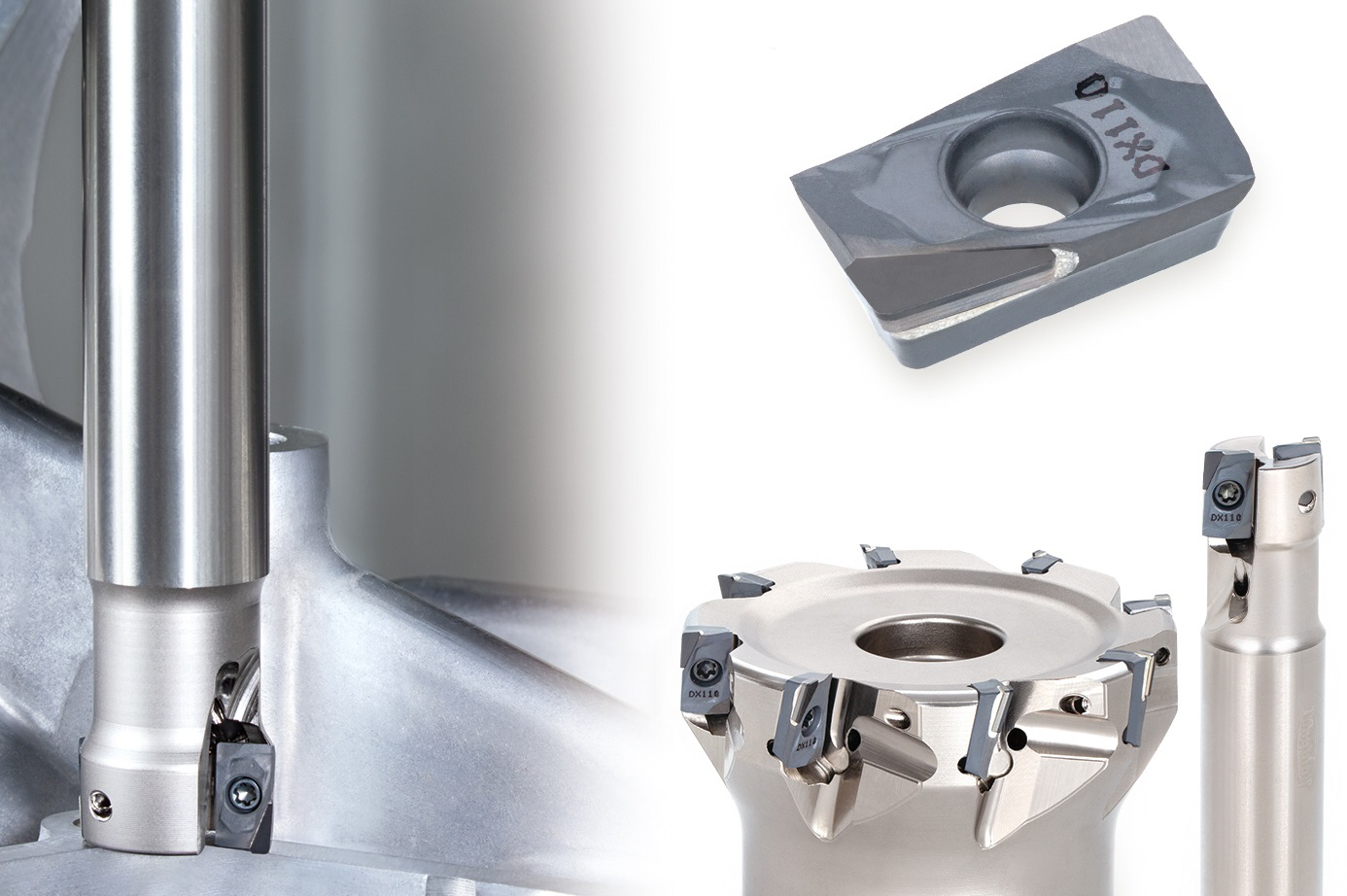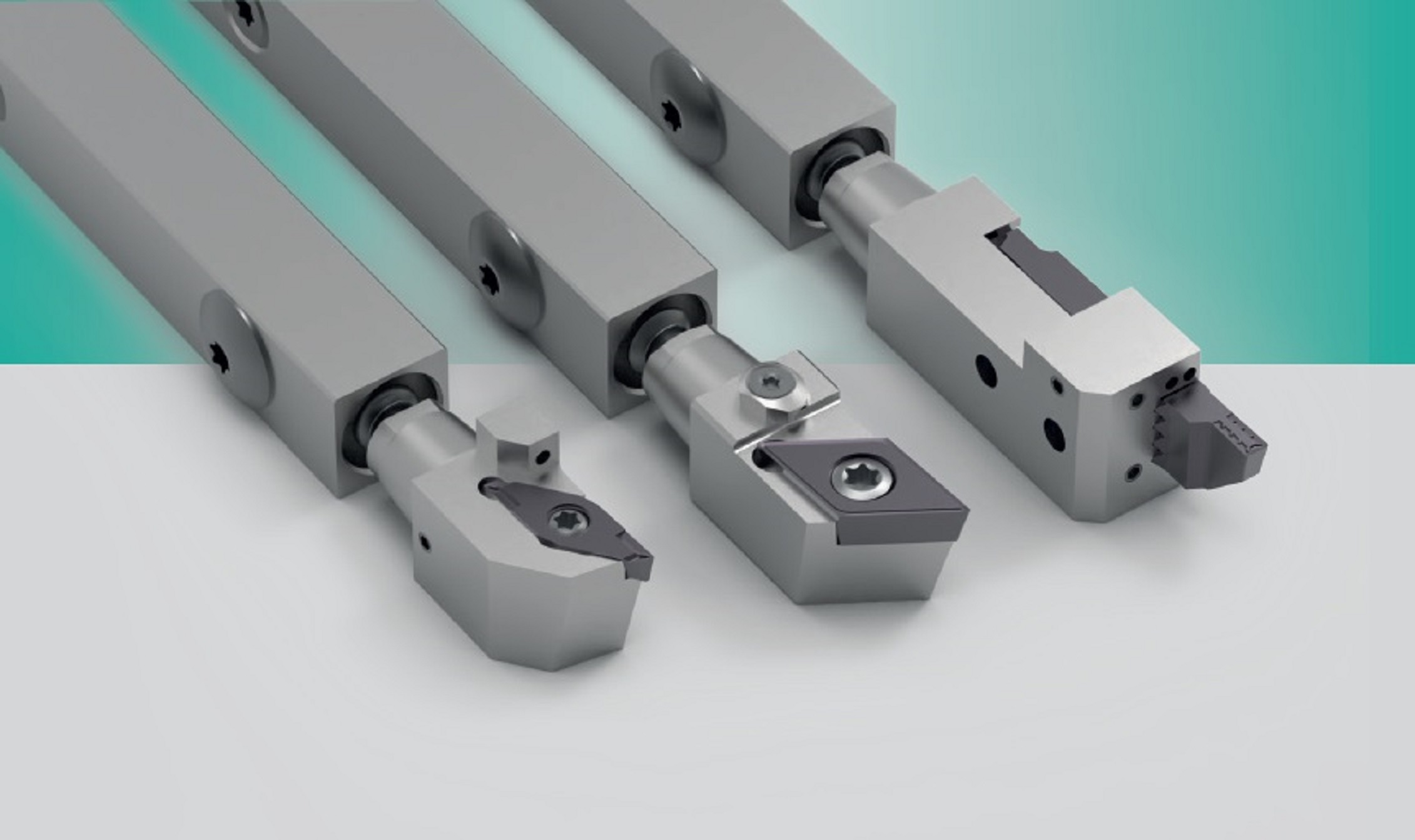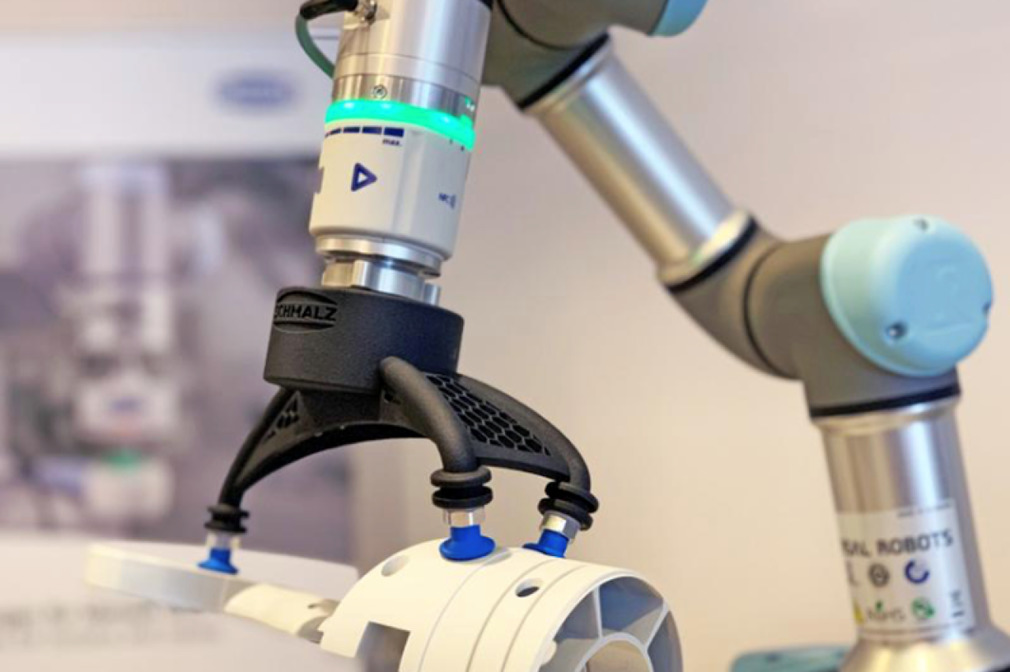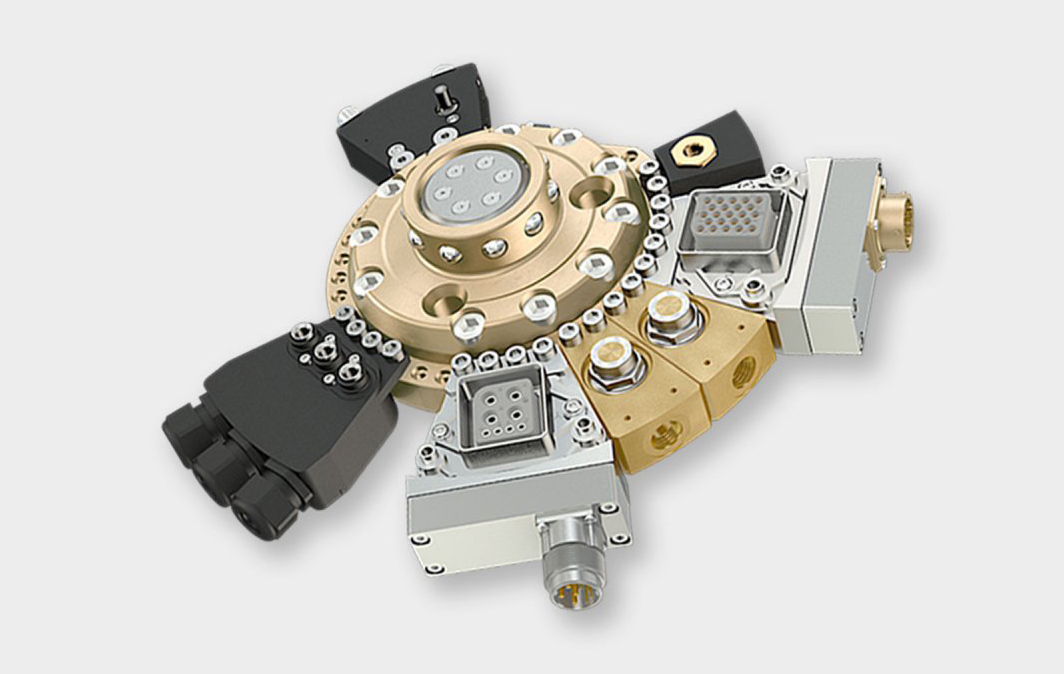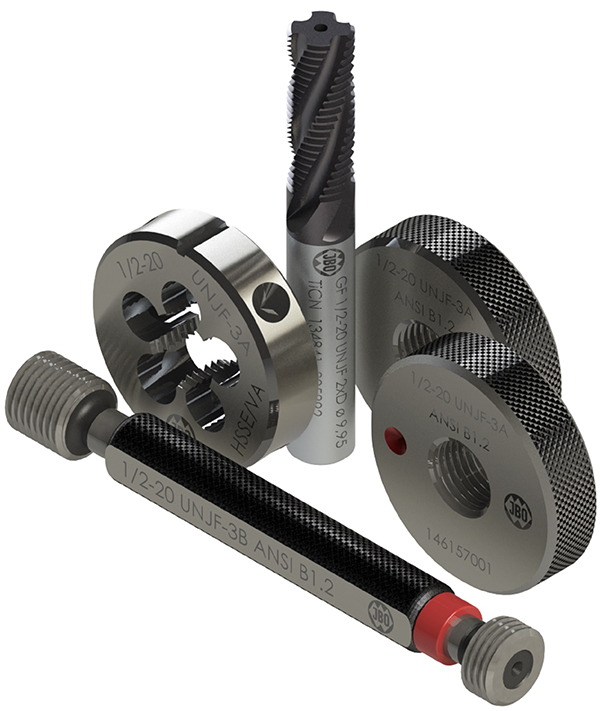Tungaloy has introduced its TungRec DX110 series of PCD insert grades for high performance when machining aluminium alloy components. The Tungaloy TungRec milling range has been an established performer with its innovative tool bodies and insert geometries, but now this line is set to take aluminium machining to a new level with the new DX110 PCD insert grade.
Developed for the finish-machining of ISO N materials, the DX110 grade incorporates an ultrafine micro-grain structure that the company says provides outstanding surface finishes and component quality while also demonstrating exceptional cutting edge integrity. This ability to maintain edge sharpness over a prolonged period ensures that end users benefit from long tool life and extended periods of unmanned running, with the economic benefit of reduced insert consumption.
DX110 is first PCD solution incorporated into the TungRec line, offering existing TungRec users the facility to enhance aluminium machining capabilities with existing tool bodies. At present, the PCD inserts are available for TungRec 11 size tool holders, offering the facility for improving small diameter milling tools where vibration and excessive tool overhang are commonplace. Furthermore, the insert geometry and composition reduce cutting forces to generate a smooth cutting action that rapidly removes chips from the work area, while further reducing vibration and improving surface finishes.
Suitable for the machining of aluminium components in the aerospace, automotive and general subcontract sectors, the DX110 insert grade and TungRec tool holders for insert size 11 provide manufacturers with an indexable cutting tool solution from as small as 12 mm diameter. With tool diameter bodies extending up to 100 mm diameter, this new arrival to the TungRec range complements the existing TungSpeed-Mill PCD series, where the smallest diameter tool body is 50 mm.
For further information www.tungaloy.com






